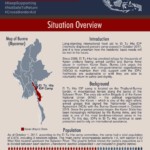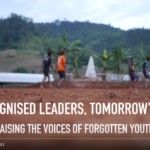By Leena Zieger and Clarisse Tistchenco / Asia Times | December 10, 2017
The Ei Thu Hta camp on the Thai-Myanmar border faces foreign aid cuts that threaten the lives of its still vulnerable residents.
Situated in a picturesque setting between jungle-covered mountains and the sandy banks of the Salween River, Myanmar’s internally displaced person (IDP) camp Ei Thu Hta has long provided safe haven to ethnic Karen civilians who fled military attacks on their native villages.
The lives of the estimated 2,670 IDPs in Ei Thu Hta now hang in the balance, however, as camp residents face a new threat – their long-standing international food aid has since October been cut to zero.
“The camp residents are worried about their future. They can’t decide whether to stay or leave because neither of the choices is good,” says Saw Kler Kaw, 51, the camp’s secretary. “There are still landmines and fighting. The
The camp sits within Brigade 5 of the Karen National Union (KNU) – a political organization representing the Karen – and allows no access for the Myanmar government or army.
Naw Thein Nay, the chairperson of the Karen Women’s Organization (KWO) in Ei Thu Hta, describes the camp as a safe place where the IDPs can recover from the pain and suffering caused by war.
She says that before Ei Htu Hta was recognized as an IDP camp, the Myanmar military, or Tatmadaw, frequently killed people who came to trade in the area. “But after the camp was set up for the IDPs, there have been no more killings here,” she said.
As the narrative of democratic transition and ceasefires signed between ethnic armed organizations and the Myanmar government has gained international recognition, IDPs in Ei Thu Hta have steadily lost outside support.
Donors have increasingly shifted their funds towards the central government, often at the expense of ethnic populations along the conflict-ridden Thai-Myanmar border. That international withdrawal is leaving various vulnerable populations without vital aid.
Stuck between a rock and a hard place, the IDPs in Ei Thu Hta face an impossible choice – go back to lands occupied by the very army they escaped from, or choose relative safety from the military with no food security.
The camp’s leadership is in clear agreement Ei Thu Hta’s residents are in a no-win situation. “Our current situation is that we can neither go back nor stay,” says the camp education committee leader Saw Soe Khu, 34. “I want the international community to carefully observe the real situation in [Myanmar] before they tell us to return.”
“For us, we still do not feel safe to go back…We are afraid,” says the camp leader Saw Kai Doe, 43, echoing the views of others.
Insincere peace
The push for return is taking place at a time when brutal Myanmar army ‘clearance operations’ targeting Rohingya civilians in western Myanmar have topped worldwide headlines.
The horrid stories of torched villages, mass rapes and random killings in Rakhine state are sadly all too familiar for the Karen, who have endured state terror for decades – albeit with less media attention.
In Myanmar’s southeast, the Tatmadaw razed over 3,500 Karen villages to the ground between 1985-2010, committing unspeakable atrocities in the process.
Today, around 100,000 refugees – mostly ethnic Karen – still reside in nine refugee camps in Thailand, while the majority of Myanmar’s over 600,000 IDPs are based in the southeastern region.
Although the KNU signed a preliminary ceasefire with the government in January 2012, followed by the inking of a ‘Nationwide Ceasefire Agreement’ (NCA) in October 2015, the situation on the ground remains complex.
Naw Thein Nay is one of many observers who feel that the international community is misreading the situation on the ground. “The government is doing this peace process just to bring benefits and advantages for themselves,” she says.
“They get advantages from this [ceasefire] process in many ways,” says camp secretary Saw Kler Kaw. “But if you have a look at what good has come of it for the civilians like us who live in this country, you’ll see there is nothing at all. It even causes us more worry.”
That’s in part because NCA is not a nationwide pact – in fact, only a fraction of Myanmar’s myriad ethnic armed groups have signed the deal, which most deem as non-inclusive and unlikely to bring a lasting solution to what is often referred to as the world’s longest running civil war.
Meanwhile, the Tatmadaw continues large-scale attacks against ethnic civilians in active conflict zones, committing war crimes and other serious violations of international law, according to human rights groups.
Even in Karen ceasefire areas sporadic fighting has continued throughout the process, displacing thousands of civilians since the NCA was signed.
For many displaced Karen, the most notable change caused by the NCA has been cuts in international aid. Saw Soe Khu likens the NCA to a military strategy to put vulnerable ethnic populations and especially IDPs at a further disadvantage.
“They [Myanmar government] announced that they have signed the ceasefire to make the donors believe it,” he proclaims. “The government’s plan is to persuade the donors to stop giving us funds.”
Either way, the increasing militarization of the region is a clear signal for IDPs about the military’s intentions in Karen state. “The peace process has become an opportunity for leaders and the [Myanmar] military,” said Saw Soe Khu. “They have been able to set up more military camps.”
Saw Klar Kaw says that before the ceasefire the Myanmar army would have had difficulty increasing their presence in the region. He says that Karen IDPs are even more afraid of the military now that new bases have been built and old camps fortified.
“I am not happy with the peace process,” camp leader Saw Kai Doe says, echoing the views of his fellow leaders. “We love peace, but it should be real peace.”
No safe passage
An uncertain peace process, ongoing conflict and human rights violations, and the Myanmar army’s rising militarization of ceasefire areas has underscored the notion among IDPs that they cannot return home safely.
Si Bwel Paw, a 24-year-old young woman who lives in the camp with her parents and siblings and works as a volunteer medic, says she wishes is to return, but not until the time is right. “I don’t dare to return yet because the military is still staying around my home village.”
Other obstacles for safe and dignified return include lands infested with landmines, lack of equal rights and adequate socio-economic conditions, as well as access to land and basic services.
“We can see that there is still civil war in the country. And we can hear the landmines exploding every year on the way we came. We do not believe that it is safe for us to return home,” says Saw Kler Kaw. “If we stay here, there is no more food, but if we go back to our country we can’t guarantee that there will be food or jobs for us.”
Saw Soe Khu says that although the government has set up schools in Karen villages, they do not allow for teaching of Karen literature or language. For him, it is another government strategy to weaken or destroy Karen culture.
Despite those well-founded fears and life-threatening obstacles to return, the international donor community has turned its back on this remote community. The cuts in food aid have not only made camp residents anxious about their survival but have also had detrimental effects on basic services.
In June 2017, both Ei Tu Hta camp high schools were forced to close as the imminent end of food rations pushed teachers to quit their positions.
Their closure means that most IDP youth will not continue their education past middle school, as their families have no means to pay travel and school fees. The Karen have traditionally placed great emphasis on educating their young, and concerns are rife.
“They [youth] just stay home or work daily to earn money. We are worried for the youth’s education,” says Saw Kai Doe.
For Naw Mer Poe, a 37-year-old single mother of four, life was hard even before rice rations were cut. “I want to see [my children] all become educated people and then get jobs. However, as the ration was cut, I worry that my children won’t have opportunity to continue their studies.”
Naw Thein Nay’s greatest concern is for the camp’s most vulnerable individuals, including single parents like Naw Mer Poe and elderly residents who live alone. “I don’t know where they will get food from. They can’t even work, so I am really worried for them.”
Naw Thein Nay is no stranger to personal hardship. After her brother was shot by the Tatmadaw and her sister-in-law mutilated and killed by a landmine explosion, Naw Thein Nay has been caring for eight children. As with other camp residents, she is struggling to feed and educate the children.
Although the camp’s IDPs are insistent that they cannot return until the conflict is genuinely resolved, cuts in aid could yet drive them into the hands of the military they still fear and mistrust. All they want, they say, is to live peacefully and without fear of persecution or starvation.
“I would love the world to check the situation of [Myanmar’s] peace process in detail, and think deeply whether it is a real peace process or not,” says Naw Thein Nay. “It is not the right time to return yet.”
Leena Zieger is founder and international coordinator of Burma Link, a non-profit organization advocating for ethnic nationalities and conflict-affected communities in Myanmar. Clarisse Tistchenko is assistant coordinator at Burma Link.
This article originally appeared on Asia Times on December 10, 2017.

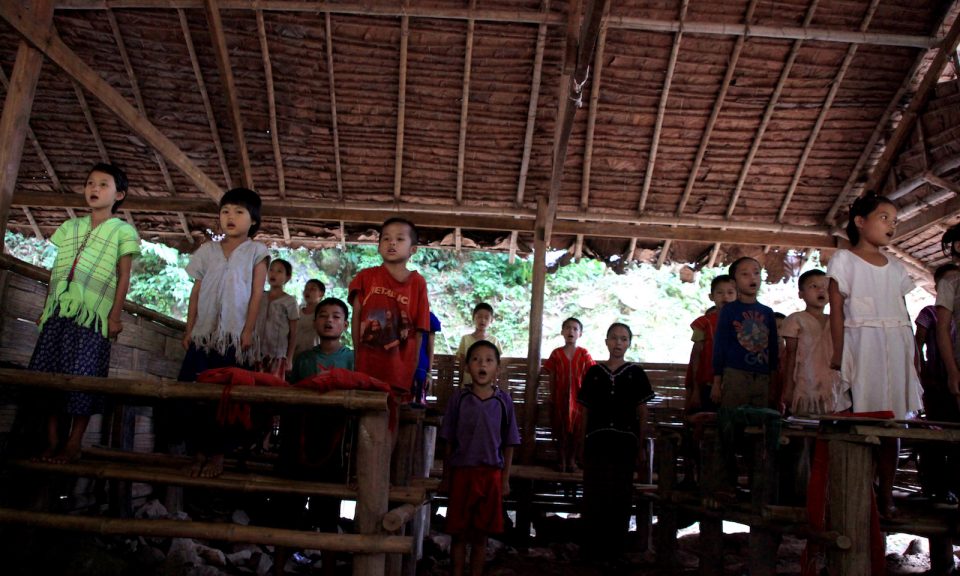
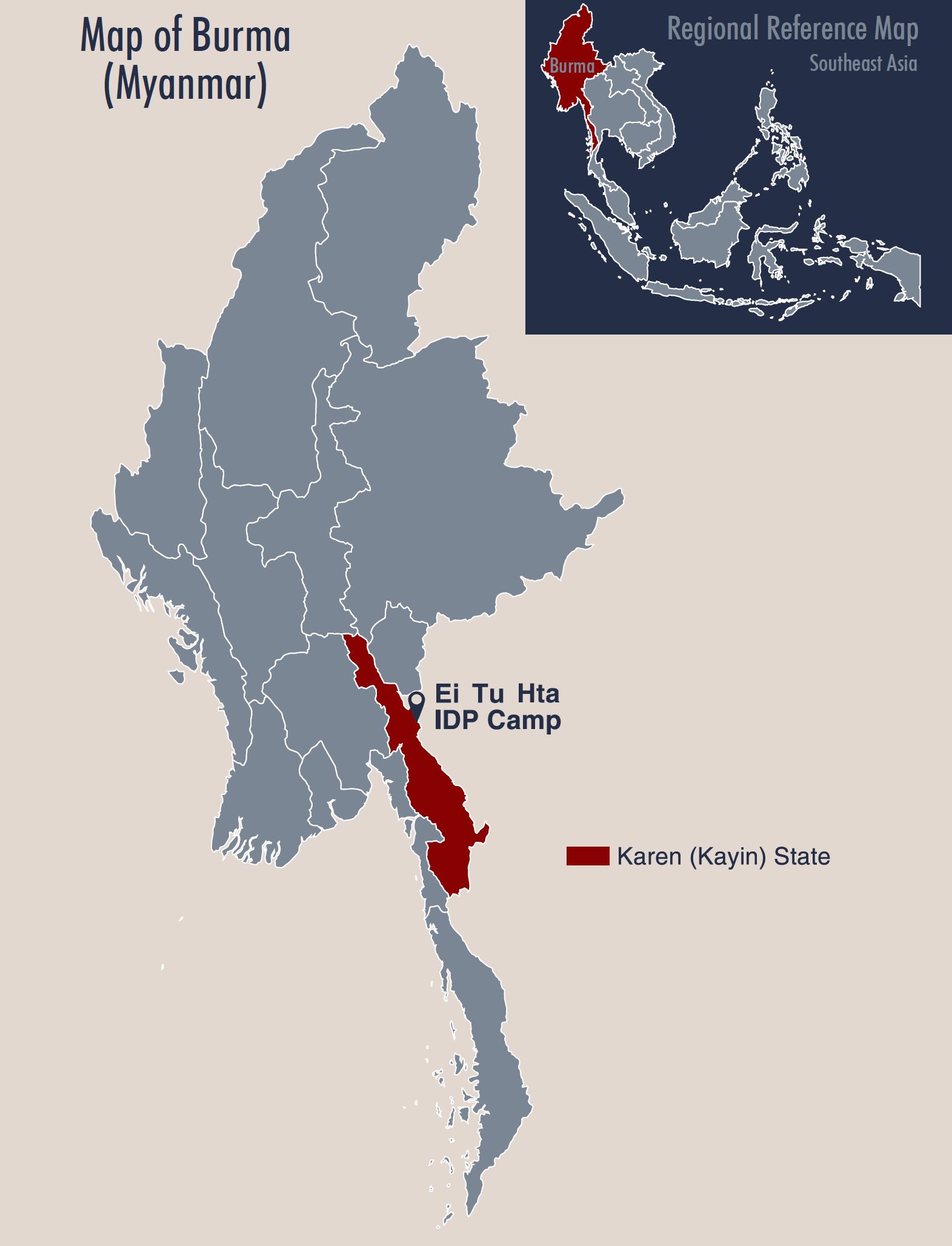
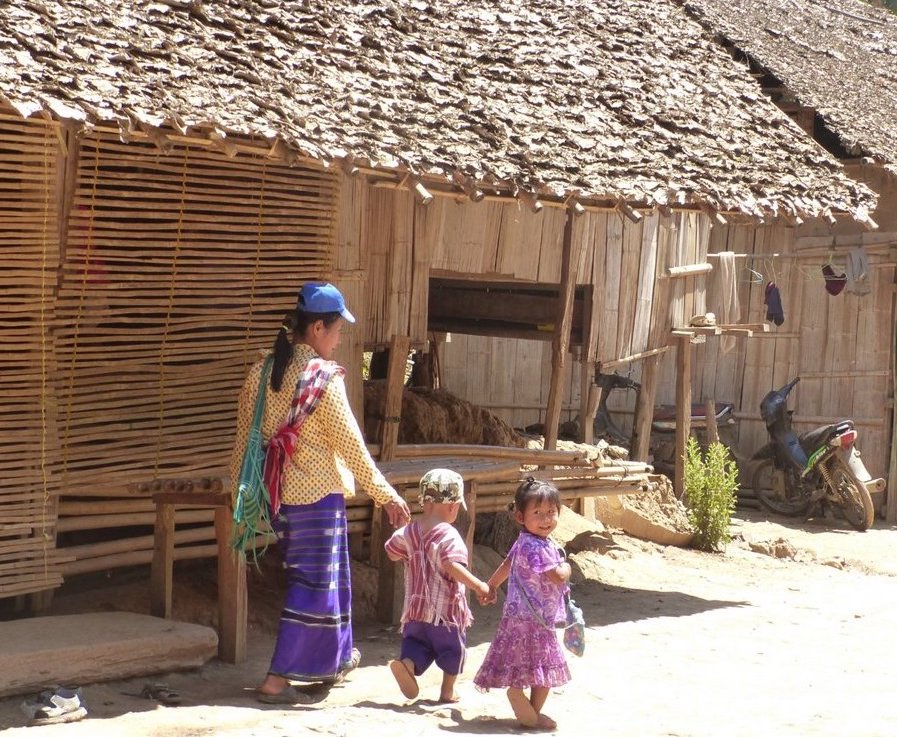
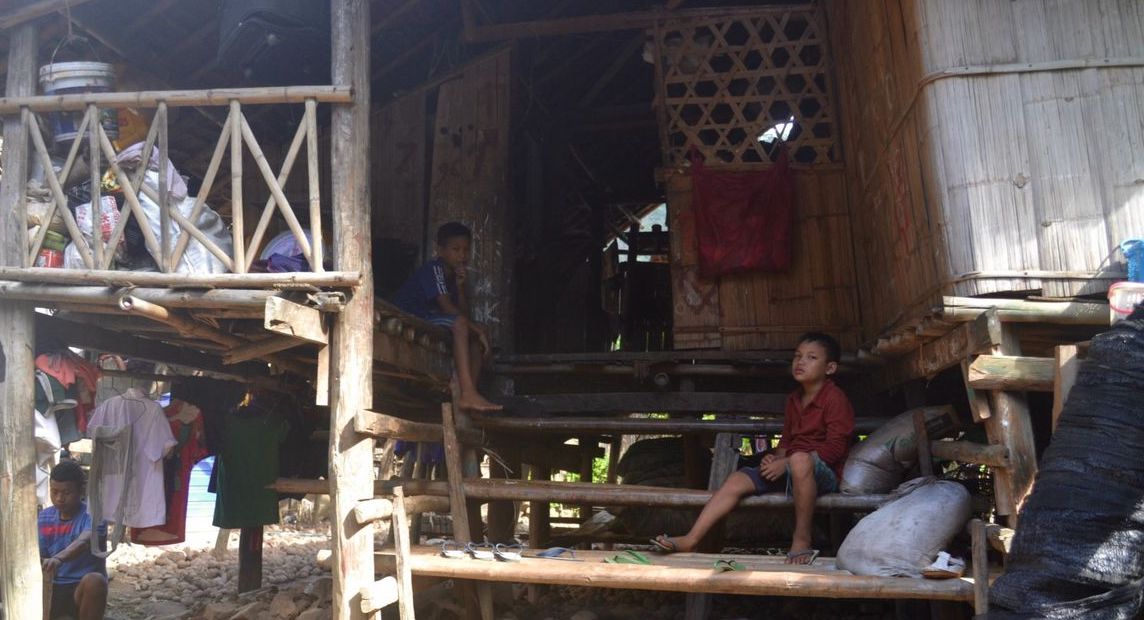
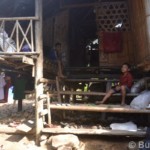
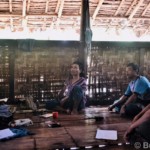
![‘The Burma Army Killed Him [Saw O Moo] – At Least the Government or the Army Should Commit to Not Do This Again’: Paul Sein Twa, Executive Director of KESAN](https://www.burmalink.org/wp-content/uploads/2018/05/Saw-O-Moo-commemoration-Paul-Sein-Twa-speaking-2-150x150.jpg)
